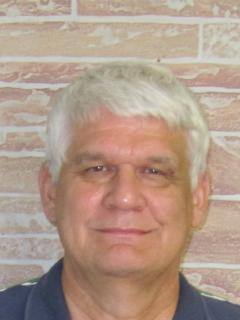JL: Francois LaBatte was half Dakota, half French and he was a fur trader. He was killed on the first day of the Dakota War, August 18. Peter Quinn was full-blooded Irishman from Dublin, Ireland. He was a post interpreter at Fort Ridgely, and he was killed at Redwood Ferry on the first day of the Dakota War. His son George Quinn was among the Indians who attacked Captain Marsh's men at Redwood Ferrry, and George Quinn also was among the Indians who attacked Fort Ridgely. Francois LaBatte's wife, Mary LaBatte, was full-blooded Dakota. Her Dakota name was Hapastina, or Hapstie. Her narrative said she fled among the Indians from the Lower Sioux Agency with her children. My great-grandfather Phillip LaBatte was one of her children, and he would later live in Faribault and move to the Sisseton Reservation. I believe that Mary's mother and father were there. They show on the Faribault census after Mary was moved to Faribault. And I believe that my great-grandfather's future wife Susan Quinn was also there at the Lower Agency. I believe she was a quarter French a quarter Irish and half Dakota. That's all I can remember right now.
DL: So the point you're making is that you had quite a few family members who were very directly connected with that war.
JL: Yes, and I also forgot to mention that I had three uncles inside Fort Ridgely who were among the defenders. One was French, one was French and Dakota and one was Irish and Dakota.
DL: You had family members who were both native and non-native.
JL: Yes. And I had a family member who joined the Indians against the whites and family members who were Christian farmers who opposed the war.
DL: And they were Dakota.
JL: Yes.
DL: Christian farmers.
JL: Yes. They had converted to Christianity and were farming under the government's program. And I'm going to say it now: history has to treat all of these people accurately and respectfully. I do not see that Minnesota Historical Society's products are doing this.

